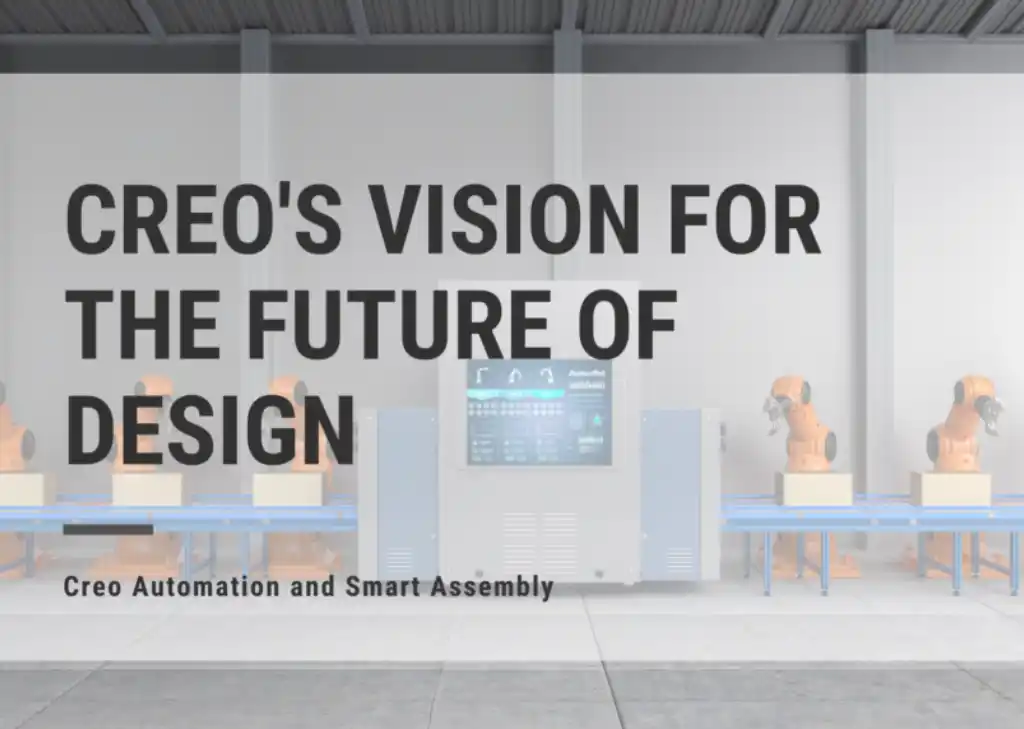Introduction:
The world of Computer-Aided Design (CAD) is constantly evolving, driven by technological advancements and industry
demands. Among the key players in this landscape is PTC Creo, a powerful suite of CAD software known for its
innovation and versatility. As we look ahead, it’s fascinating to explore what lies in store for PTC Creo and the
CAD industry as a whole. Let’s delve into some potential future trends and innovations.
1. Embracing Generative Design:
One of the most exciting developments in CAD is the adoption of generative design. This approach uses algorithms to
explore countless design iterations based on specified parameters, leading to innovative and often unconventional
solutions. PTC Creo is likely to integrate generative design capabilities further, empowering engineers to explore
new possibilities and optimize designs for performance, cost, and sustainability.
2. Seamless Collaboration with AR and VR:
Augmented Reality (AR) and Virtual Reality (VR) are revolutionizing how CAD models are visualized and manipulated.
Future versions of PTC Creo may feature enhanced support for AR and VR, enabling users to interact with their
designs in immersive environments. This will facilitate better collaboration among teams, streamline design reviews,
and provide invaluable insights into product functionality and ergonomics.
3. AI-driven Design Optimization:
Artificial Intelligence (AI) is poised to play a significant role in the future of CAD. PTC Creo could leverage AI
algorithms to automate mundane design tasks, optimize geometries for specific objectives, and predict performance
outcomes with greater accuracy. By harnessing the power of machine learning, engineers can expedite the design
process and unlock new levels of creativity.
4. Cloud-Based Collaboration and Simulation:
Cloud computing has already transformed many industries, and CAD is no exception. Future iterations of PTC Creo
might leverage cloud-based platforms to facilitate seamless collaboration among distributed teams. Furthermore,
cloud-based simulation tools could enable engineers to perform complex analyses without the need for expensive
hardware, thereby democratizing access to advanced engineering capabilities.
5. Sustainability and Eco-design:
With a growing emphasis on sustainability, CAD software like PTC Creo will likely incorporate features to support
eco-conscious design practices. This could include tools for assessing environmental impact, optimizing material
usage, and designing for recyclability. By integrating sustainability considerations into the design process, PTC
Creo can help businesses reduce their carbon footprint and contribute to a more sustainable future.
6. Integration with IoT and Digital Twins:
The Internet of Things (IoT) is transforming how products are designed, manufactured, and operated. PTC Creo may
evolve to seamlessly integrate with IoT platforms, allowing engineers to design products that are inherently
connected and smart. Additionally, the concept of digital twins, virtual representations of physical assets, could
become more prevalent, enabling real-time monitoring, optimization, and predictive maintenance.
Conclusion:
The future of PTC Creo and the CAD industry is brimming with possibilities. From generative design and AI-driven
optimization to AR/VR integration and sustainability initiatives, there are numerous avenues for innovation and
advancement. By staying at the forefront of technological developments and listening to the needs of its users, PTC
Creo is poised to shape the future of design and engineering for years to come. As we journey into this exciting era
of CAD innovation, one thing is certain: the possibilities are limitless.

